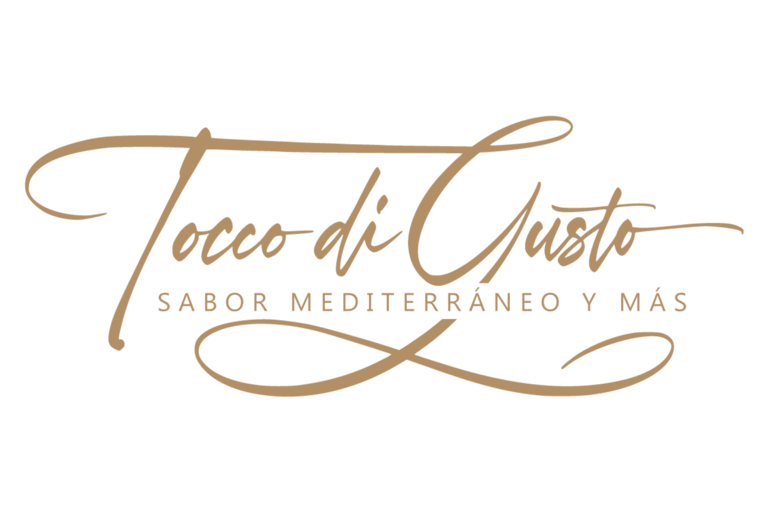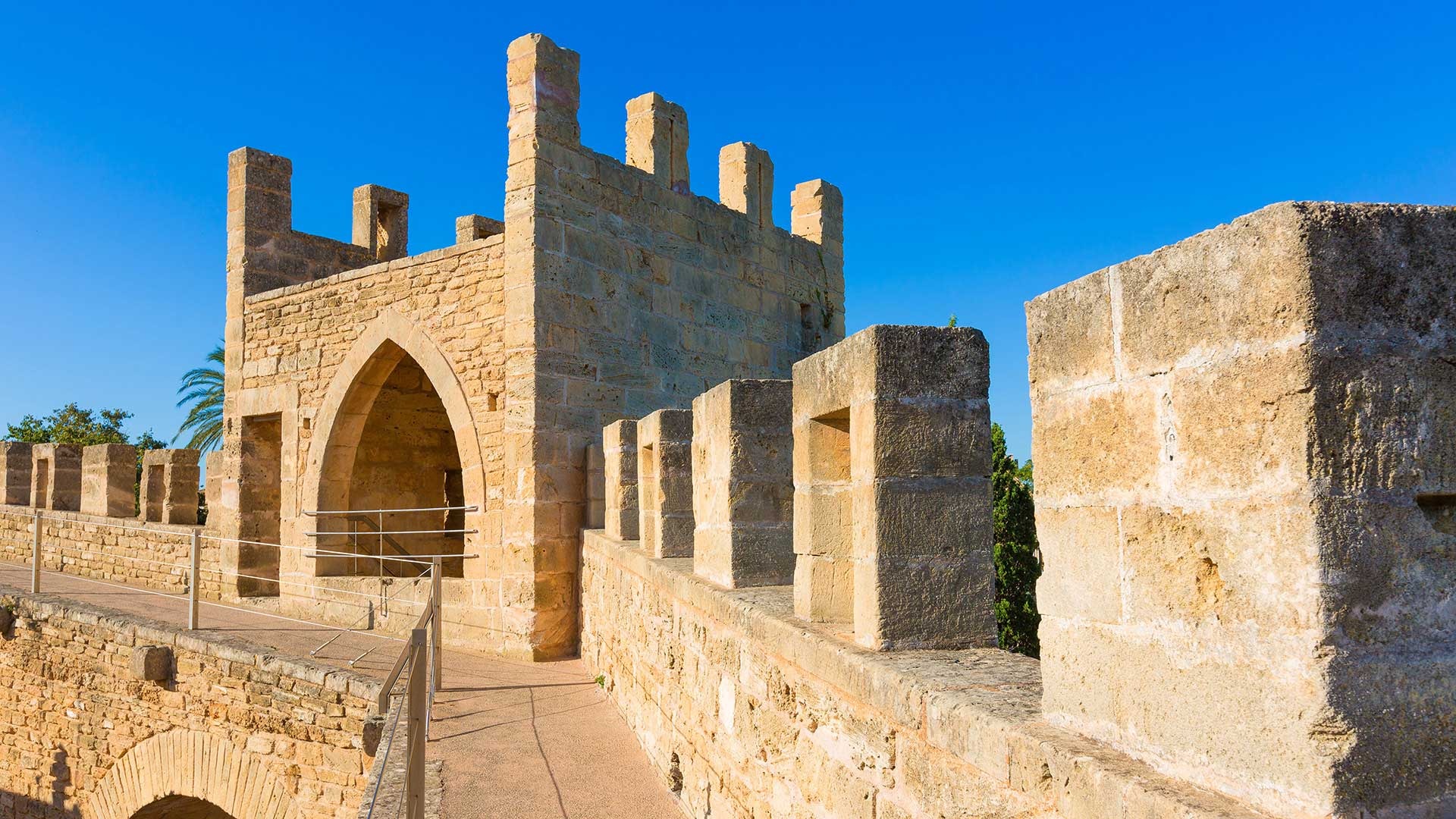
Exploring the Legacy of the Roman Empire on the Island of Majorca
5/2/20252 min read
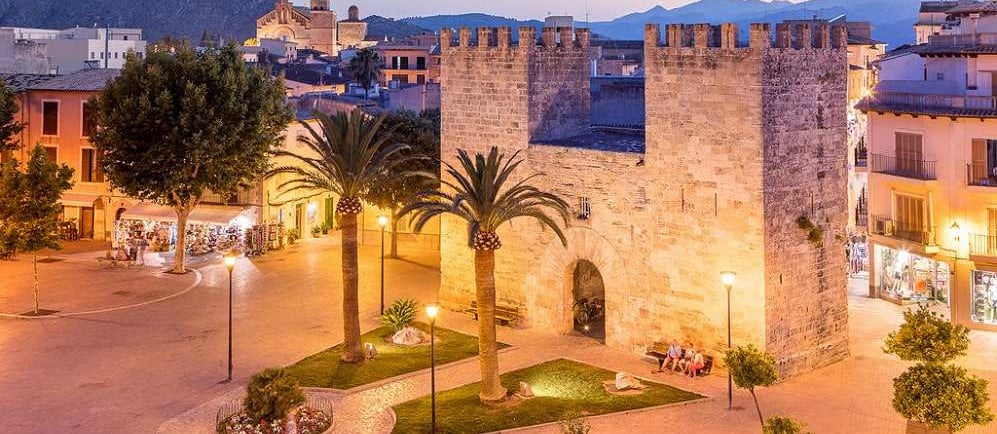

Introduction to Majorca's Historical Heritage
Majorca, the largest island in the Balearic archipelago, is well-known for its stunning beaches, vibrant culture, and rich history. One of the key influences on this island's development was the Roman Empire, which left an indelible mark on its landscape and culture. This blog post delves into the legacy of the Roman Empire on the island of Majorca, exploring various aspects such as architecture, culture, and settlement patterns.
Roman Architecture and Urban Development
The Roman presence on Majorca began around 123 BC when the island was annexed as part of the province of Hispania. The Romans initiated significant architectural projects that would shape the region's infrastructure. Notable constructions include the ancient town of Pollentia, located near present-day Alcúdia, which served as the capital and featured a forum, temples, and residential areas.
Many structures were built using local limestone, a testament to Roman engineering skills. Elements such as aqueducts and roads were developed to facilitate transport and trade, evidencing the advanced understanding of urban planning that the Romans brought to Majorca.
Cultural Influence and Continuity
In addition to physical structures, the cultural legacies of the Roman Empire significantly influenced Majorcan society. The Romans introduced new agricultural practices, which transformed local farming methods. Grapes, olives, and cereals became staples, thus enhancing the island's producibility and economy.
Roman cultural elements persisted long after the fall of the Empire in the 5th century. Latin, the language of the Romans, evolved into the local variation of Catalan, providing a linguistic foundation that continues to be vital in Majorca's identity today. Festivals and customs that originated during Roman times can still be seen in modern Majorcan celebrations, showcasing how deep-rooted this historical legacy is.
Conclusion: The Enduring Roman Influence
The Roman Empire's legacy on the island of Majorca is evident not only in its archaeological sites but also in the culture and identity that have developed over centuries. The remnants of Roman architecture provide a glimpse into the past while continuing to influence local customs and language. As we explore Majorca today, we are reminded of the profound impact that this ancient civilization had on the island, making it a remarkable intersection of history, culture, and modernity. The treasures left behind, from the remnants of Pollentia to the enduring cultural practices, serve as a testament to the island's rich tapestry of history shaped significantly by the Romans.
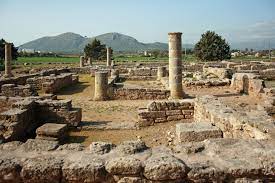




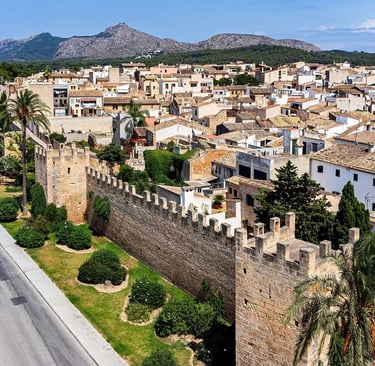
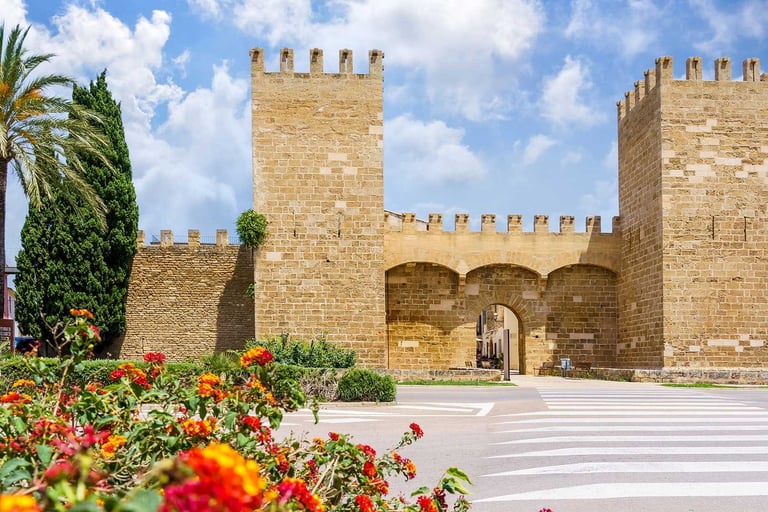

Tocco di Gusto of Chef Stradivari ®
Hours
Monday - Sunday
9 am - 11 pm
Location
Links
Contact
PALMA DE MALLORCA
Balearic Islands, Spain
